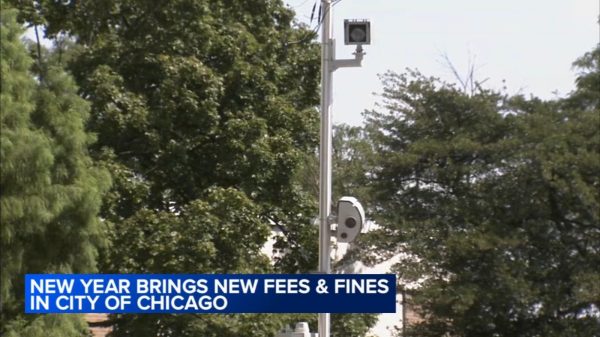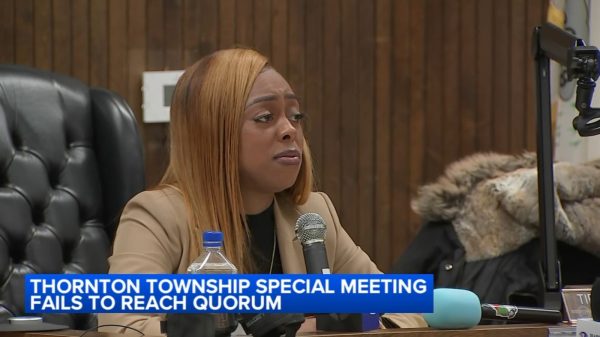How will this affect my property tax bill? A common question among homeowners in the county was when the Franklin County Auditor’s office reported that county property values had increased 41% over the previous three years. Property owners should understand how property taxes work.

Property Taxes (Source: AR Property Experts)
Schools Influence Property Taxes
In a published article in The Columbus Dispatch, several public organizations, including the county and local governments, parks, libraries, and the Columbus Zoo and Aquarium, benefit from property taxes. But even though the Ohio Supreme Court declared that the state’s school finance structure is unconstitutional more than 25 years ago, the largest portion by far around two-thirds goes to school districts.
The majority of Ohio’s property tax revenue is collected by school districts, however, the amount collected varies greatly between districts. School district millage in Franklin County ranges from lows of 34.75 in Jonathan Alder school district to highs of 113.44 in Worthington to 120.73 in Bexley and 121.26 in Upper Arlington. The school tax rate in Columbus is 81.03, which is about average for Franklin County and comparable to those in Gahanna, Westerville, and Whitehall.
In August, homeowners should receive notice of the county’s updated appraisal of their homes. Homeowners who believe the value is excessive must provide evidence showing the home’s appraised value is inaccurate, in addition to a justification other than “my taxes are too high.”
READ ALSO: Mayor London Breed Approves $32M Plan for Educator Housing
Property Taxes Computation
Property prices rise, but not at the same rate as property taxes. On the “levy estimator” page of the Franklin County Auditor’s website, enter your address to learn how much of your home’s levy is considered “inside millage.” However, after a reassessment, the distribution of property taxes will change, with higher-valued properties in a taxation district bearing a greater share of the tax burden. To further complicate matters, a property’s “taxable value,” which is approximately one-third of its estimated actual worth, is used to calculate property taxes.
The number of mills assessed on a property determines the tax burden. For every $1,000 of the property’s taxable value, one mill means that $1 in taxes was collected. For instance, a property with a $100,000 taxable value and a 130-mill tax rate would have an annual tax payment of $13,000.
There is yet another qualification though. Properties are not taxed at their full rate due to the “effective millage” provision noted above and other concessions. On the page for your property on the auditor’s website, go under “Tax & Payments” to see what the real tax rate is. Alternatively, visit the Franklin County Treasurer’s website to look up the actual tax bill.
A reliable assessment of the property, recent sale prices of comparable properties in the same neighborhood, or evidence showing the auditor’s information regarding the property (number of bedrooms, year built, etc.) is inaccurate are all acceptable kinds of evidence.
There is a small amount of tax relief available for real estate. Taxes (and death) are inevitable, as Ben Franklin once said. However, there are solutions to at least somewhat lighten the load. The owner-occupied credit and the homestead credit are the two most frequent methods used by homeowners to lower their taxes. Owners can verify that they are receiving the owner-occupied credit by looking at the “Tax Year Detail” under the “Tax & Payments” field on their property on the auditor’s website, even though it ought to be automatic.
Homeowners who wish to have a portion of their home’s market value free from taxes must apply for the homestead credit. On the websites of the county auditors are applications for the homestead credit. Owners may be eligible if they:
- a yearly income of less than $34,600 and are over 65 or disabled. Those who meet the requirements may deduct $25,000 from their home’s market value.
- you are an injured veteran. This makes it possible to take $50,000 off the home’s market value.
Additionally, some local governments, such as Franklin County, provide eligible homeowners with additional options to lower their property taxes. On the websites of the Franklin County Auditor and Treasurer, you can find rules.
READ ALSO: 2-Week Back-to-School Sales Tax Holiday in Florida

















































